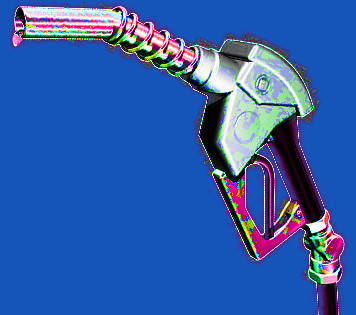Ampol paid to improve stations
 A new partnership between the CEFC and Ampol has been created to reduce transport emissions.
A new partnership between the CEFC and Ampol has been created to reduce transport emissions.
The Clean Energy Finance Corporation (CEFC) has announced a $100 million investment to decarbonise Australia's transport sector, which is projected to become the country's largest source of greenhouse gas emissions by 2030.
The CEFC's capital will fund various clean energy technologies at Ampol service stations nationwide, including the deployment of electric vehicle (EV) charging stations, green hydrogen refuelling infrastructure, solar photovoltaic (PV) installations, and other developments.
“As Australia works to electrify the economy in pursuit of net zero emissions by 2050, the CEFC has stepped up its focus on those sectors like transport, where electrification is more challenging,” CEFC CEO Ian Learmonth said.
However, some have criticised the project’s reliance on established players like Ampol, whose primary business has historically centred on fossil fuels.
Critics argue that such companies may not be agile enough to lead a swift transition to cleaner energy sources.
The partnership aims to demonstrate how traditional fuel companies can be part of the solution to the emissions challenge by utilising their existing infrastructure and supply chain connections across multiple sectors, including marine, agriculture, mining, and aviation.
Transport is the fastest-growing source of greenhouse gas emissions in Australia, contributing approximately 23 per cent of national emissions. Without intervention, the government predicts it will become the largest source by 2030.
Freight transport alone accounts for around 40 per cent of the sector's emissions, according to ClimateWorks, and the sector is expected to grow by 26 per cent by 2050, driven by population growth and increased consumer demand.
The number of EVs in Australia more than doubled in 2023, comprising about eight per cent of new car sales by May 2024.
Despite this growth, the country lags behind in charging infrastructure, with only 812 charging stations for over 180,000 EVs.
Australia had one of the lowest amounts of public charging capacity per electric light-duty vehicle in 2023, according to the International Energy Agency.








 Print
Print